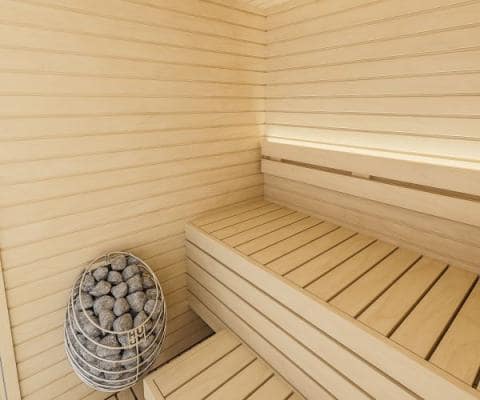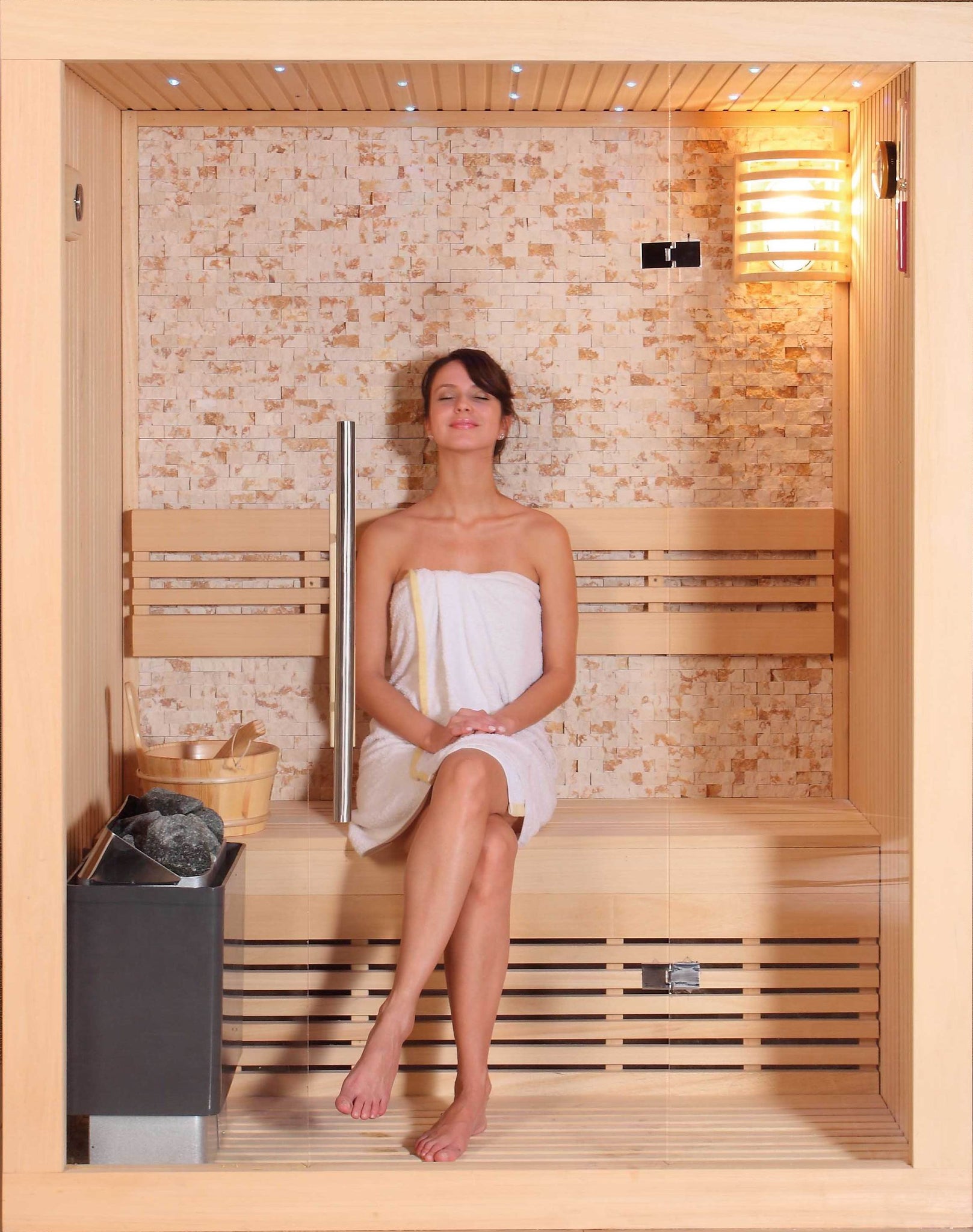Indicators on Traditional Sauna You Should Know
Indicators on Traditional Sauna You Should Know
Blog Article
A Biased View of Traditional Sauna
Table of ContentsThe 10-Minute Rule for Traditional SaunaExamine This Report on Traditional SaunaThe 7-Minute Rule for Traditional SaunaTraditional Sauna Things To Know Before You Get ThisThe Ultimate Guide To Traditional Sauna
A lot of the weight shed in a sauna is water loss and is re-gained upon rehydrating. Nonetheless, without an uncertainty sauna can be an integral part of a healthy weight management program. To consider the differences between conventional and IR saunas, I will certainly separate these into proven, academic, and produced differences.Thus, the hottest factor in the saunawhich is at the ceiling straight above the sauna heateris typically in between 185 and 190 F. Claims that a typical sauna exceeds 200 F is simply not real and not appropriate for electric saunas marketed in the US. The temperature level for a far-infrared sauna is normally set in between 120 and 140 F; however, unlike the standard sauna, the objective in and IR area is not to accomplish a high temperature.
As a result of this, the temperature level distinction is nearly pointless, since excessive sweating leads to both sauna kinds, but the approach of warming the body is different. In an IR sauna the bather will certainly feel hot and will certainly sweat a lot, yet at much reduced temperatures (Traditional Sauna). Therefore, if the objective is to invest longer periods of time in the sauna, the IR sauna is a great option
When a traditional sauna has actually been effectively heated up, the sauna walls are cozy, the air temperature has achieved established temperature level and the rocks are extremely heated. As an intriguing side note, the warmed wall surfaces and the rocks are discharging far-infrared warmth, combined with the heated air, to develop an "wrapping up warm".
The Only Guide for Traditional Sauna

When the high temperature level is attained, the components cycle on and off to maintain the heat. Most conventional sauna users appreciate pouring water over the rocks to develop steam to raise sauna moisture levels. The advantages of pouring water over the rocks include: making the space much more comfy, dampening the nasal flows, and permitting the use of aromatherapy by mixing important oils with the water.

When the power enters the body, it creates the body temperature level to raise and inevitably causes sweat. In an infrared sauna it is necessary for the emitters/heaters to stay on practically regularly. Because there is no mass of rocks to preserve heat, the sauna will certainly cool if the emitters turned off.
As stated over, the discover here sauna bather in an infrared space wishes to place himself in front of operating emitters to obtain optimal advantage from the heat. The home heating time for both rooms can be really various, relying on just how the rooms are used. For a conventional sauna, a bather needs to permit 30-40 mins for the space to attain a preferred temperature and to effectively pre-heat the rocks.
Rumored Buzz on Traditional Sauna
A well constructed sauna will generally achieve a temperature of 150-160 F in about 30-40 minutes. For hotter temperature levels, the room might require to warmth for a longer duration.

Typical saunas have a tendency to be larger (for this reason make use of more electrical energy) than infrared saunas, although standard saunas are certainly readily available in one and 2 person sizes too. For a two-person company website typical sauna, 5x6 or 5x7 size is most preferred. The top bench can pleasantly seat two or 3 people and is additionally enough time to rest during the sauna session.
The Traditional Sauna PDFs
The typical expense per kWH of electricity in the U.S. is roughly $0.11, so a 4.5 kW heating system will cost around $.50 to run for one hour, if the heater runs constantly for one hour. Normally a sauna heater will compete 75% of the very first hour and 50% of subsequent hours on given that the components cycle once the established temperature level is accomplished.

Ultimately, there is a hardly ever gone over difference in the social experience in between both spaces. While our culture has actually lost some of the social benefit of the conventional sauna experience, it can be very socially satisfying (Traditional Sauna). From family time in the sauna, to heart-felt discussions with loved ones, to sauna partiesthe standard sauna experience can lead to intimate interacting socially
An Unbiased View of Traditional Sauna
Most greater end infrared spaces include colored light therapy, noise systems and full-glass fronts. The size of most rooms enable 2 people to conveniently utilize the space, while some styles may permit a 3rd or fourth person to utilize the room. Customized infrared rooms are additionally readily available, with room dimensions offered up to 7' x 8' x 7' high.
Report this page